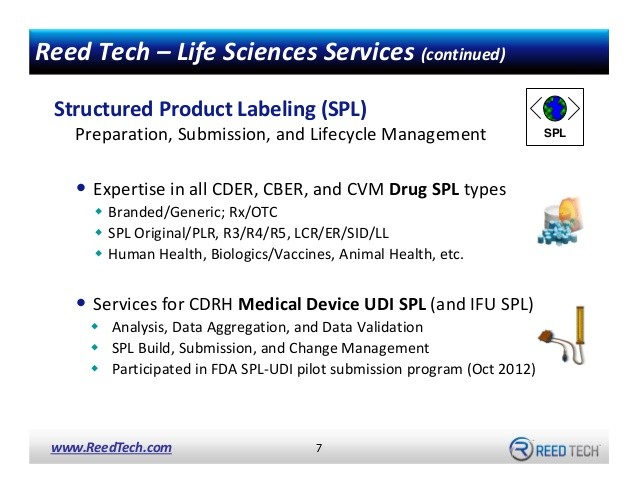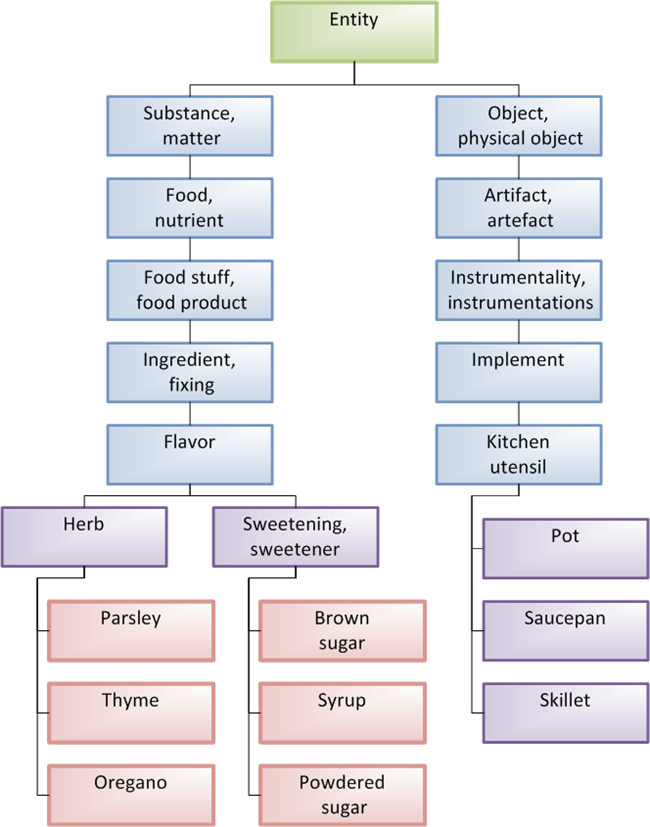Structured_product definition of Structured_product and synonyms of Structured_product (English)
Post on: 15 Июль, 2015 No Comment

In finance. a structured product. also known as a market linked investment, is generally a pre-packaged investment strategy based on derivatives. such as a single security. a basket of securities, options. indices. commodities. debt issuance and/or foreign currencies. and to a lesser extent, swaps. The variety of products just described is demonstrative of the fact that there is no single, uniform definition of a structured product. A feature of some structured products is a principal guarantee function, which offers protection of principal if held to maturity. For example, an investor invests 100 dollars, the issuer simply invests in a risk free bond that has sufficient interest to grow to 100 after the five-year period. This bond might cost 80 dollars today and after five years it will grow to 100 dollars. With the leftover funds the issuer purchases the options and swaps needed to perform whatever the investment strategy is. Theoretically an investor can just do this themselves, but the costs and transaction volume requirements of many options and swaps are beyond many individual investors. [ 1 ]
As such, structured products were created to meet specific needs that cannot be met from the standardized financial instruments available in the markets. Structured products can be used as an alternative to a direct investment, as part of the asset allocation process to reduce risk exposure of a portfolio. or to utilize the current market trend.
U.S. Securities and Exchange Commission (SEC) Rule 434 [ 2 ] (regarding certain prospectus deliveries) defines structured securities as securities whose cash flow characteristics depend upon one or more indices or that have embedded forwards or options or securities where an investor’s investment return and the issuer’s payment obligations are contingent on, or highly sensitive to, changes in the value of underlying assets, indices, interest rates or cash flows.
The Pacific Stock Exchange defines structured products as products that are derived from and/or based on a single security or securities, a basket of stocks, an index, a commodity, debt issuance and/or a foreign currency, among other things and include index and equity linked notes, term notes and units generally consisting of a contract to purchase equity and/or debt securities at a specific time. [ citation needed ]
Contents
Risks
The risks associated with many structured products, especially those products that present risks of loss of principal due to market movements, are similar to those risks involved with options. The potential for serious risks involved with options trading are well-established, and as a result of those risks customers must be explicitly approved for options trading. In the same vein, the U.S. Financial Industry Regulatory Authority (FINRA) suggests that firms consider whether purchasers of some or all structured products be required to go through a similar approval process, so that only accounts approved for options trading would also be approved for some or all structured products.
In the case of a principal protected product, these products are not always insured in the United States by the Federal Deposit Insurance Corporation ; they may only be insured by the issuer, and thus have the potential for loss of principal in the case of a liquidity crisis, or other solvency problems with the issuing company. Some firms have attempted to create a new market for structured products that are no longer trading. These securities may not be trading due to issuer bankruptcy or a lack of liquidity to insure them. Some structured products of a once solvent company have been known to trade in a secondary market for as low as pennies on the dollar. [ 3 ]
The regulatory framework with regard to structured products is also hazy. These may fall in grey areas legally. In India, equity related structured products seem to be in violation of the Securities Contract Regulation Act (SCRA). SCRA prohibits the issue and trade of equity derivatives except those that trade on nationally recognized stock and derivatives exchanges.
Origin
Structured investments arose from the needs of companies that wanted to issue debt more cheaply. Traditionally, one of the ways to do this was to issue a convertible bond. that is, debt that under certain circumstances could be converted to equity. In exchange for the potential for a higher return (if the equity value would increase and the bond could be converted at a profit), investors would accept lower interest rates in the meantime. However this trade-off and its actual worth is debatable, since the movement of the equity value of the company could be unpredictable. Investment banks then decided to add features to the basic convertible bond, such as increased income in exchange for limits on the convertibility of the stock, or principal protection. These extra features were all based around strategies investors themselves could perform using options and other derivatives, except that they were prepackaged as one product. The goal was again to give investors more reasons to accept a lower interest rate on debt in exchange for certain features. On the other hand the goal for the investment banks was to increase profit margins since the newer products with added features were harder to value, so that it was harder for the banks’ clients to see how much profit the bank was making from it.
Interest in these investments has been growing in recent years and high net worth investors now use structured products as way of portfolio diversification. Nowadays the product range is very wide, and reverse convertible securities represent the other end of the product spectrum (yield enhancement products). Structured products are also available at the mass retail level — particularly in Europe, where national post offices, and even supermarkets, sell investments on these to their customers.
Below is a brief description of how structured products are manufactured.
Combinations of derivatives and financial instruments create structures that have significant risk/return and/or cost savings profiles that may not be otherwise achievable in the marketplace. Structured products are designed to provide investors with highly targeted investments tied to their specific risk profiles, return requirements and market expectations.

These products are created through the process of financial engineering. i.e. by combining underlyings like shares. bonds. indices or commodities with derivatives. The value of derivative securities, such as options. forwards and swaps is determined by (respectively, derives from) the prices of the underlying securities.
The market for derivative securities has grown quickly in recent years. The main reason for this lies in the economic function of derivatives; it enables the transfer of risk, for a fee, from those who do not want to bear it to those who are willing to bear risk.
Benefits of structured products may include:
- principal protection (depending on the type of structured product)
- tax-efficient access to fully taxable investments
- enhanced returns within an investment (depending on the type of structured product)
- reduced volatility (or risk) within an investment (depending on the type of structured product)
- the ability to earn a positive return in low yield or flat equity market environments
Disadvantages of structured products may include. [ 4 ]
- credit risk — structured products are unsecured debt from investment banks
- lack of liquidity — structured products rarely trade after issuance and anyone looking to sell a structured product before maturity should expect to sell it at a significant discount
- no daily pricing — structured products are priced on a matrix, not net-asset-value. Matrix pricing is essentially a best-guess approach
- highly complex — the complexity of the return calculations means few truly understand how the structured product will perform relative to simply owning the underlying asset
Structured products are by nature not homogeneous — as a large number of derivatives and underlying can be used — but can however be classified under the following categories
- Interest rate-linked notes and deposits
- Equity-linked notes and deposits
- FX and commodity-linked notes and deposits
- Hybrid linked notes and deposits
- Credit-linked notes and deposits
- Market-linked notes and deposits














